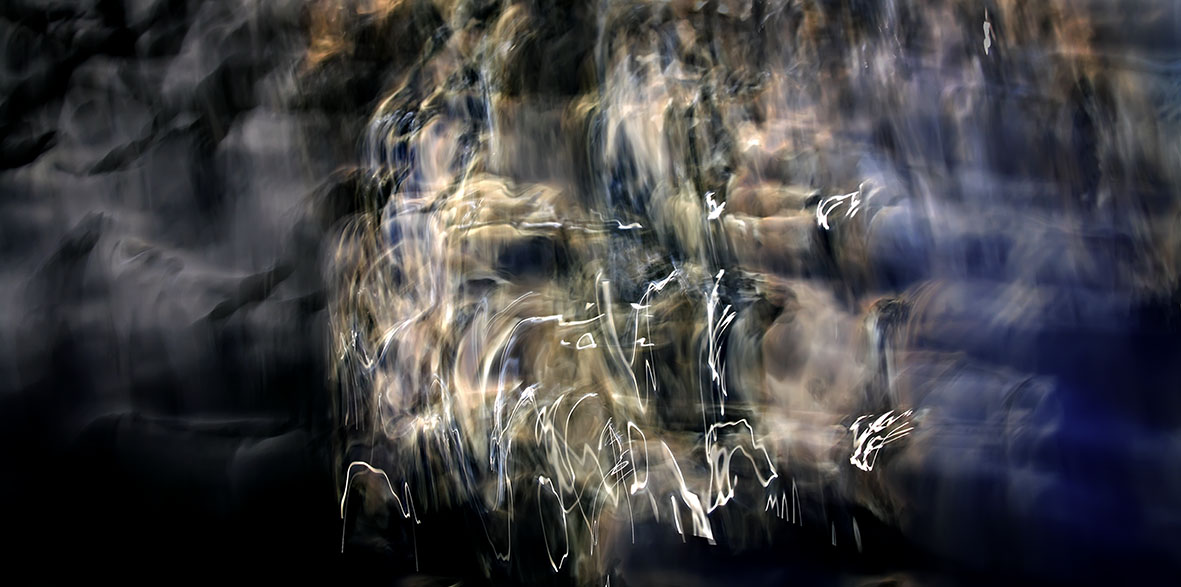The photographic art of Thomas Ives
The Hauraki Gulf forms a liquid canvas for an occasional resident of Waiheke Island.
Waiheke Island, some 20 km into the morning sun from central Auckland, is small enough to enjoy a sea view from just about every spot upon it. Small enough, too, for the roughly 8000 people who live there to fancy they all know each other, recognise each other’s pets, and know every corner, every lookout, every beach.
You’d think that in a place like this everybody would also know the sea. After all, they look out over it every day.
But it takes an artist, it seems, to put us straight in this regard. When we think we see the sea, all we have really done is given it a cursory glance to assess it with respect to our particular interest: Does it look like good sailing today? I wonder what the fishing will be like? We may occasionally go as far as remarking on the changing moods of the sea, but seldom any further.
Simple stuff. But the sea, especially its surface, has more to show us than most could dream, and photographer Tom Ives has captured some of its chaotic splendour.
Tom came to live on Waiheke Island a few years ago. His work has been mainly photo-reportage with a geopolitical and humanist bent. Of a very high standard, it has appeared in the world’s leading feature and news magazines, including National Geographic and Time.
In turning to the sea, Tom has entered a new world of photographic artistry. As he describes it, it’s been something of an epiphany to appreciate the possibilities of a 35 mm digital SLR camera as if it were a sort of paintbrush, a tool with infinite potential for revealing new insight and creating abstract images of profound beauty.
On a day when, to the untrained eye, the light is the same as on any other, when you or I see nothing remarkable as we look out over the water, Tom will take his camera down to the sea. He may choose to explore a rocky shoreline, walk an expansive sandy beach or simply stand quietly in the surf and observe.
Most importantly, he is receptive to what the sea offers him, and the classic, locked stance of the photographer is gone. Tom dances with the camera; he steps across channels in the rocks, he sways, he waves his technological paintbrush in rhythmic sweeps. He’s a picture of concentration, constantly assessing what he sees in the viewfinder or on the LCD screen, and making myriad small changes to aperture and exposure. He becomes so immersed in what he’s doing that hours may pass before he calls a halt, and he may take more pictures in a session than most of us snap in a year.
From this mass of images Tom distils their quintessence. Importantly, he never uses any Photoshop tricks. What you see comes from his eye, via the lens and recording sensor in his hands. The images are unaltered “in camera” views—different from what Tom actually sees because they record motion frozen over the duration of an exposure.
Out of this comes what I consider the essence of art: something never before seen. Imagery beyond expectation. Colours never considered. An opening-up of visual possibilities and their transformation into a language of boundless poetry. Images that will always hold an arresting mystery.
*
This first appeared in NZ Geographic magazine.
